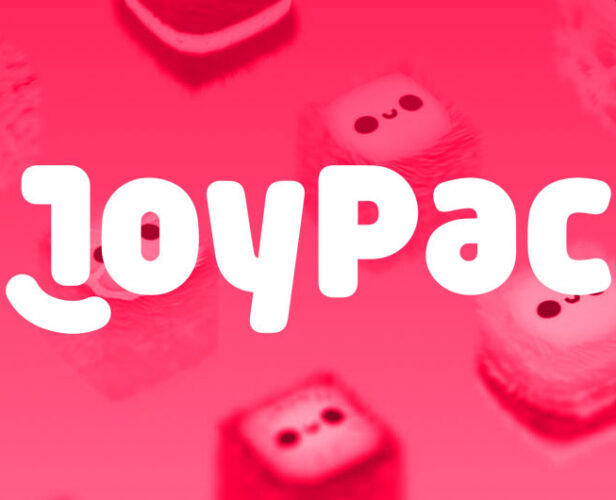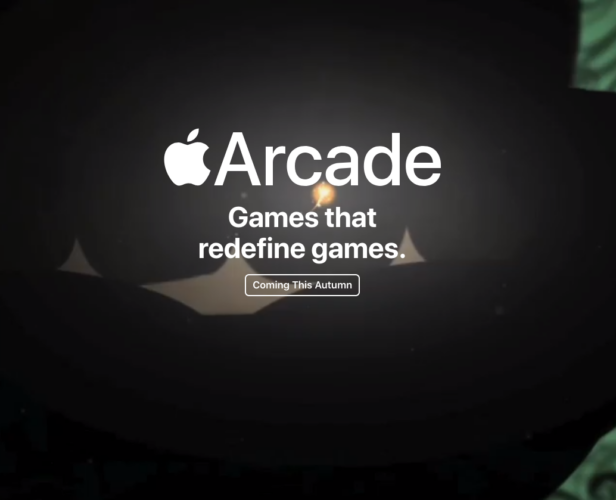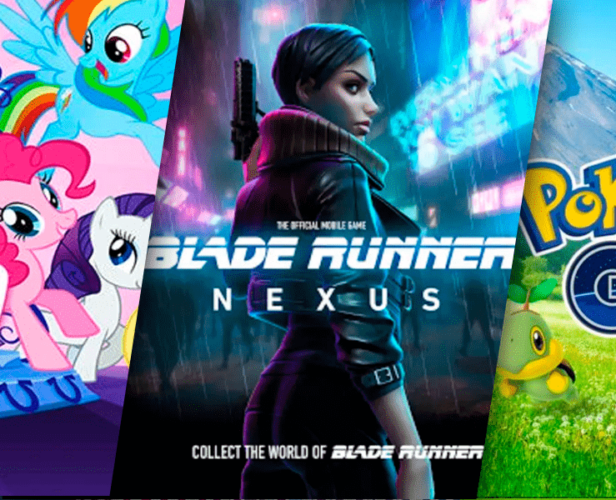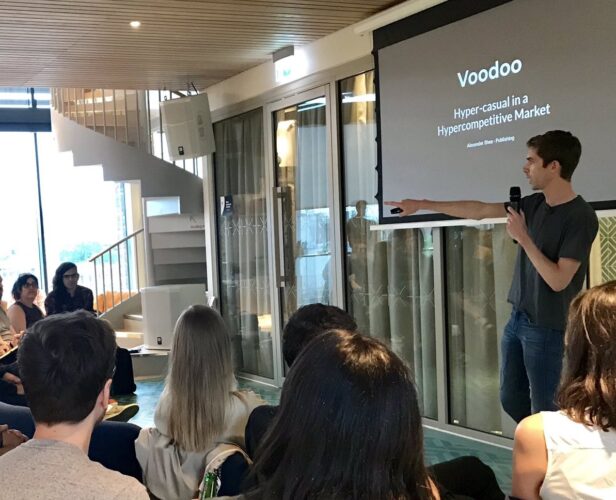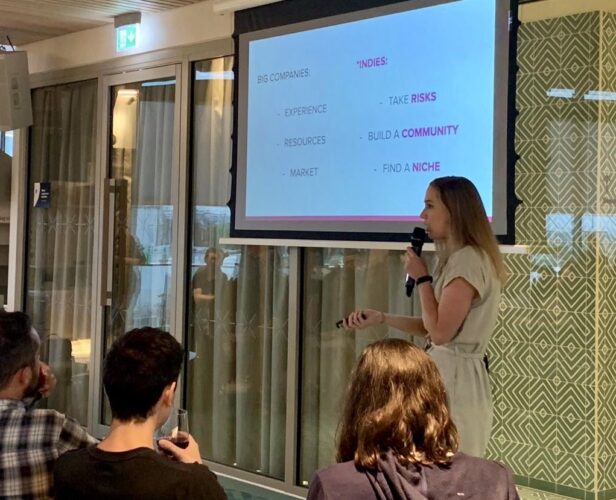Category
Marketing & Publishing
#Marketing & Publishing
Gamer psychology and the 4 types of rewarded video users
This article was originally written by Or Shahar, General Manager U.S. at ironSource. You can find their version on the Level Up blog, and Game Daily. Successful games must satisfy a wide range of users, each with diverse values, needs and desires. To speak to all audiences, developers often design gameplay according to psychological factors, grouping players according to behavioral or emotional commonalities. After grouping these players according to commonalities for game design and mechanics, developers can also apply the same logic to ad monetization features like rewarded video, which functions as an integral part of the gameplay. In contrast to ad units that can’t be integrated as a core feature and don’t allow for much optimization beyond timing and frequency, rewarded video, when properly implemented, offers developers a wider variety of optimization options for their monetization strategy. In addition,...
#Live Ops
10 Rules to Consider When Preparing Your Mobile Game for Localization
Editor’s note: This article has been contributed by Alconost, a global provider of localization services for apps, games and other software into 70+ languages. Alconost also makes advertising and educational videos and images, teasers, explainers, and trailers for Google Play and the App Store. We’ve written this article as a tribute to numerous questions from our clients: What’s wrong with my game? Why isn’t localization enough? How can we fix it? Cutting corners when bootstrapping a new game is a widely-used strategy. And it might even be an efficient one, as long as you aren’t planning to grow incrementally. However, shortly after the long-awaited local release is in the bag, most game developers start thinking about how to attract more international gamers. And sooner or later, after taking a crack at promoting their game in more countries, they come up...
#Marketing & Publishing
Launching Mobile Games in China (Tips from JoyPac)
China is already the biggest mobile game market in the world. Over the past few years this market has undergone astonishing growth yet, even so, the sheer potential of this market remains untapped by the majority of Western games developers. With this being said, more studios and publishers need to update their strategy to take this market into account and avoid overlooking a potential goldmine. Be aware, however, that publishing in China comes with a range of challenges unique to the market. To make things easier, many developers and publishers opt to work with local partners (like JoyPac), to help overcome certain pitfalls and gain access to this powerful economy effectively. In the past, working with Chinese-based companies has been a bit of a headache. There are many reasons for this, including cultural and language barriers, as well the more...
#Data & Analytics
Customizing Your Game for the Chinese Audience
Editor’s Note: this post was originally published by Arttu Anttonen, Game Analyst. Aside from turning Chinese games inside out, Arttu has a solid understanding of what works and what doesn’t in the mobile game market in the East. Everyone working with mobile games in the West already knows Archero. The successful shoot-em-up style ARPG-esque roguelike-ish action game, where players clear sequences of short levels of enemies with their archer hero while avoiding getting shot themselves. And, since many Western game developers struggle with the age-old dilemma of how to make their game more appealing to the Chinese audience, you could be asking yourself: “What would Chinese Archero look like?” Baozou Daxia has been grossing steadily since launch (source: GameRefinery service). Well, a textbook example of how to do it emerged in early September, although made by a Chinese developer, Dream of...
#Marketing & Publishing
How to Position Your Game to Influencers (Part Two)
In the first part of our guide, we shared a few key tips game developers can use when reaching out to influencers. So, if you’re working on your pitch, or still figuring out which one is best for you, then we recommend you to head to part 1 before reading this one. For part two of our series, we’re going to give you the lowdown on how to build a (manageable) timeline for your influencer marketing campaigns, no matter what your company’s size or budget is. And just like any other strategy or timeline, this isn’t a “one size fits all” plan. Rather, you can use this as a simple framework to follow when building your own strategy. This is what we will cover: How to estimate how much time you’ll need Pre-campaign planning Production/creative process If you’re beta-testing Post...
#Marketing & Publishing
Apple Arcade: What This Really Means For Mobile Game Developers (Updated)
Editors note: We originally published this earlier this year when Apple Arcade was originally announced. As promised, we’ve updated this post with the latest info about Apple Arcade (latest update October 11th 2019). Updated text will be in italics. A lot has happened since we last reported on Apple Arcade – the launch has finally happened, games have been confirmed, and we’ve had a taste of what’s to come. To keep you guys up-to-date with what’s going on, here are a few things that have come to light since April 2019, and what this means for mobile game developers. Here’s what we cover (feel free to skip to something in particular, if you’d like): Will Apple Arcade be an industry shake up? What we know about Apple Arcade so far What this means for developers Some useful resources Will Apple...
#Marketing & Publishing
China’s Approval Process: Getting Your Game The Green Light
Our friends at JoyPac recently wrote us some tips about how to get your game published in China. In this second installment, JoyPac’s Falko Böcker looks at the details of China’s ever-evolving process for granting publishing licenses. Publishing games in China is a complicated business. The State Administration of Press & Publication (SAPP) decides who can get a license to publish games, and their approach is very much ‘quality over quantity’. They’re limiting the number of developers who can publish games in their territory, and they’ll only greenlight games of a high standard that they see as healthy entertainment for Chinese gamers. The rules have changed recently, and are likely to keep changing in the future. So we’re going to run through what it takes to get a license, and explain how we go about navigating this tricky process. So...
#Ads & Monetization
3 Things You Need To Know When Using Licensed IPs In Mobile Games
Editor’s Note: this post was originally published by Joel Julkunen, Head of Game Analysis at GameRefinery. In his role, he leads GameRefinery’s analytics department and has a major role in developing algorithms and statistical models used in the company. Third-party brands and IPs have solidified their place in the mobile games industry, often providing (or at least promising) that crucial extra boost for your title. In the US, a whopping 30% of top 100 grossing games are currently based on a 3rd party IP, and when zooming out to the top 200, the figure holds at almost 25%. In other words, IPs play a significant role in mobile game revenue generation and based on the variety of IP types utilized, there are license owners all across the board joining the party. US top 200 grossing IP utilization from the GameRefinery...
#Marketing & Publishing
Common Cultural Differences When Publishing Games In China
Just in case you haven’t noticed, China is massive. It’s now the largest single-language market on the planet – three times bigger than the US. To put that into perspective, China has 242 million iOS devices, which is pretty much the same number of the total mobile phones in the US. That should mean it’s rich pickings for game developers. But it’s not that simple. Because the way we market games in the West looks very different in China. Here at JoyPac, we combine the open and communicative style of western game publishers with the specialized know-how needed to be successful in Asia. And in this post, we’re going to help you navigate the potentially lucrative Chinese market, and avoid the potential pitfalls by telling you a bit about some of the cultural differences you need to be aware of...
#Marketing & Publishing
How To Position Your Game to Social Media Influencers (Part One)
Influencers are increasingly holding sway over the performance of titles on any given week, and players these days can’t get enough of their zany content. And it’s not surprising that titles like Apex Legends and Brawl Stars owe a large part of their appeal to well-executed influencer strategies. With that in mind, how can developers not only find social media influencers, but also position their game so they’ll be lining up to review it? So in this post, influencer-experts, Matchmade, let you in on some of the best-kept secrets in how to entice influencers (especially the ones on YouTube and Twitch) to help you make a success of your new release. First things first – the fundamentals Before you start reaching out to influencers, we recommend you to hash out your expectations and goals for your influencer marketing strategy. Having...
#ASO
Finding Our Hyper-Casual Niche – Lessons From Platonic Games
In June 2019, GameAnalytics hosted a mobile gaming event to talk about casual gaming, which we called ‘The Arcade (R)Evolution: Making Hit Casual Games‘. Valeria Castro of Platonic games somewhat stole the show with her presentation – speaking with wit and passion about how to find a niche in the world of hyper-casual gaming. If you couldn’t make our last event, don’t worry. Here’s Valeria to fill you in on what you missed (and here’s the video of her talk): We’re Platonic Games – a 10-person dev team from Madrid. You might know us if you’ve ever played Kawaii Kitchen, Happy Hop or Sailor Cats. As you can probably guess from those titles, we make super-cute, hyper-casual games. And there’s one question we get asked a lot. Can we actually compete against the big developers? In reality, no. We can’t....
#Marketing & Publishing
Hyper-casual in a Hyper-competitive Market – Voodoo
In this talk, our audience learned just what exactly is Voodoo’s development approach, what their publishing agreement is, and what metrics they care about. You’ll learn from start to finish, the journey of a viral hit (looking specifically at AquaPark). If you fancy watching the other talks from this event, you can find them here: How We Found A Hyper-Casual Niche – Platonic Games The Latest Trends for Hyper-Casual Games – GameAnalytics
#ASO
How We Found A Hyper-Casual Niche – Platonic Games
During this event, Valeria from Platonic Games took to the stage, and showed us just how exactly her small-time studio tackled the competitive market by finding their niche in Kawaii mobile games. If you fancy watching the other talks from this event, you can find them here: The Latest Trends for Hyper-Casual Games – GameAnalytics Hyper-casual in a Hyper-competitive Market – Voodoo


